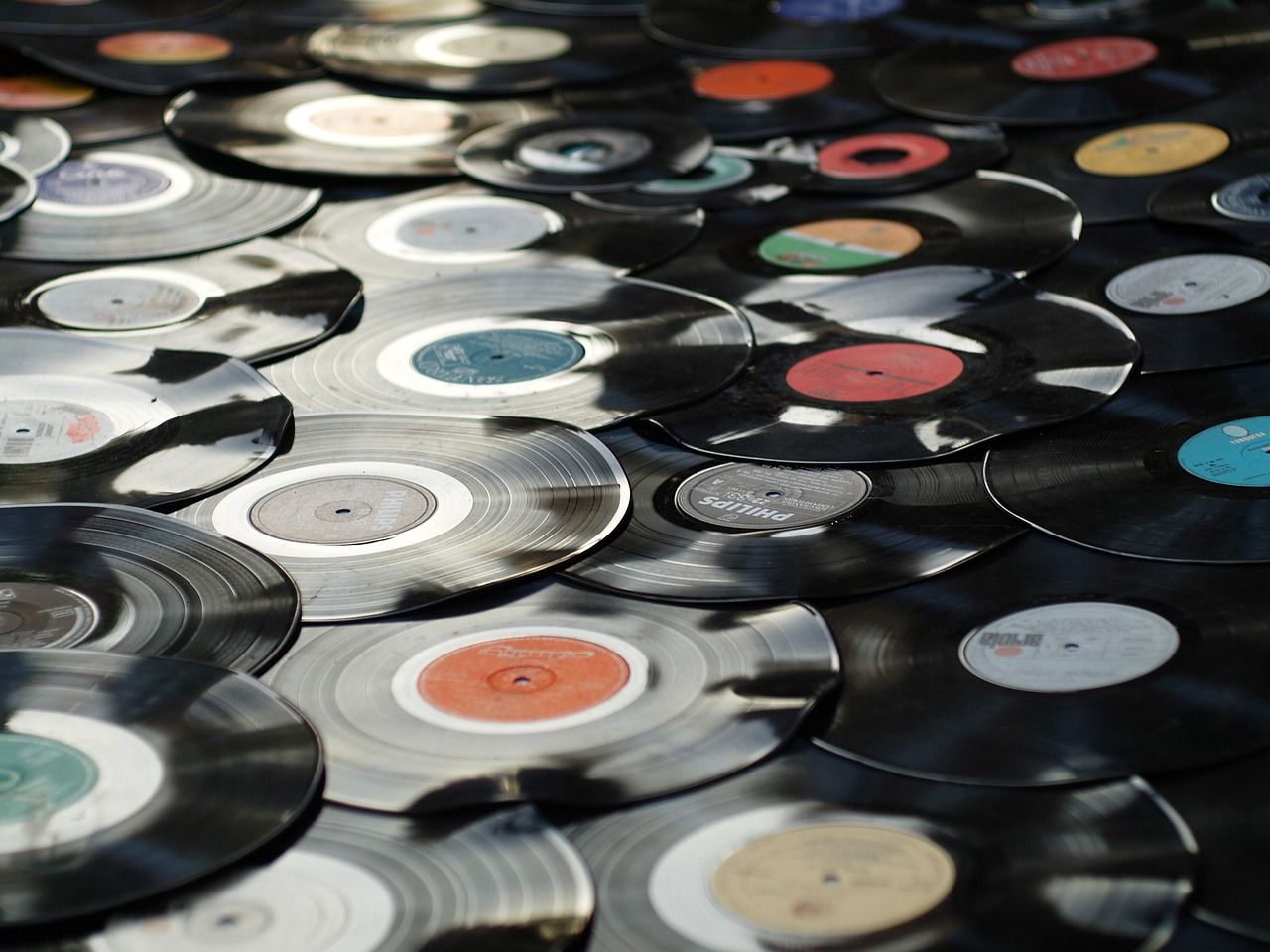When it comes to music, there’s something magical about an album. It’s not just a collection of songs; it’s an experience, a journey, and a story told by an artist. But have you ever stopped to wonder: how many songs make an album? Let’s dive into the details and uncover what makes an album truly complete.
The Traditional Album Structure
Back in the day, vinyl records and CDs ruled the music industry. Albums typically contained 8 to 12 songs, lasting around 30 to 50 minutes. This format was partly influenced by the physical limitations of the medium. A vinyl record, for example, could only hold so much music before it started to lose quality.
But these limitations didn’t just shape the number of songs on an album—they also shaped the way artists told their stories. With just a handful of tracks, every song had to matter. Each piece contributed to the bigger picture, creating a cohesive listening experience.
Modern Trends in Albums
Today, streaming platforms like Spotify and Apple Music have changed the rules. Without the constraints of physical media, albums can be as short or as long as an artist desires. Some albums feature just 5 or 6 songs, while others include 20 or more. So, how many songs make an album in the modern age? The answer varies.
Shorter albums, often referred to as EPs (Extended Plays), usually have 4 to 7 tracks. They’re a great way for emerging artists to introduce themselves without committing to a full-length project. On the other hand, LPs (Long Plays) typically have at least 8 songs and run longer than 30 minutes. These are considered “traditional” albums.
Quality vs. Quantity
When it comes to the number of songs on an album, quality often matters more than quantity. An album with 10 outstanding tracks will leave a stronger impression than one with 20 mediocre songs. Artists and producers spend countless hours deciding which songs to include, ensuring each one contributes to the overall narrative.
For example, concept albums, like Pink Floyd’s The Dark Side of the Moon, are designed to be listened to from start to finish. Every song plays a crucial role, and the album wouldn’t feel complete without all its pieces.
The Rise of Double Albums
Sometimes, one album just isn’t enough to contain an artist’s vision. Enter the double album. These collections typically include 15 to 30 songs, spread across two discs or digital files. While ambitious, double albums can be risky. If not executed well, they can feel overwhelming or disjointed. However, when done right, they offer a richer, more immersive experience.
Cultural and Genre Differences
The number of songs on an album can also vary depending on the genre or culture. For instance, hip-hop albums often have more tracks compared to pop or rock albums. This is partly due to the collaborative nature of the genre, with many songs featuring multiple artists.
In some cultures, albums are seen as a way to celebrate life events or milestones, and their length reflects the significance of the occasion. In these cases, the number of songs might be less about industry standards and more about personal or cultural expression.
How Streaming Has Changed the Game
Streaming has made it easier than ever for artists to release music. But it’s also changed how albums are structured. Since platforms like Spotify reward frequent releases, some artists opt for shorter albums or even release singles instead. Others take the opposite approach, creating long albums with as many as 30 or 40 tracks to maximize streams.
This shift has led to debates about the purpose of an album. Is it a cohesive body of work, or just a collection of songs? For many artists, it’s both. They see an album as an opportunity to showcase their creativity while also reaching a wider audience.
Listener Preferences
How many songs make an album can also depend on the listeners. Some people prefer shorter albums they can finish in one sitting, while others enjoy longer albums that offer more variety. In the end, the “right” number of songs is subjective.
Artists often take feedback from their fans into account when deciding how many tracks to include. After all, music is a two-way street, and the connection between an artist and their audience plays a big role in shaping an album.
The Role of Bonus Tracks
Bonus tracks are another factor to consider. These are songs added to special editions of an album, often as a treat for fans. While they don’t change the core album, they can enhance the listening experience. Bonus tracks might be unreleased material, remixes, or live recordings, giving fans a deeper look into the artist’s world.
EPs vs. LPs: What’s the Difference?
Let’s break it down further. EPs, or Extended Plays, usually have fewer than 8 songs and are shorter in duration. They’re often used as a teaser for a full-length album or a way to experiment with new sounds. LPs, on the other hand, are traditional albums with 8 or more songs and a runtime of over 30 minutes.
So, how many songs make an album? If it’s an EP, it might be just 4 to 7 tracks. For an LP, you’re looking at 8 to 12 songs, although modern albums can go beyond that range.
The Artist’s Vision
Ultimately, the number of songs on an album depends on the artist’s vision. Some artists aim for a tight, focused project, while others prefer sprawling, experimental works. The key is balance. An album should feel complete without overstaying its welcome.
Conclusion
So, how many songs make an album? There’s no one-size-fits-all answer. It depends on the artist, the genre, and even the audience. Whether it’s 8 songs or 20, what truly matters is the story the album tells and the emotions it evokes. At the end of the day, an album isn’t just about numbers—it’s about connection, creativity, and the magic of music.
For further reading, explore these related articles:
- Justin Bieber’s Popular Songs: A Journey of Musical Hits
- Indian Songs on Billboard – A Proud Moment for Indian Music
For additional resources on music marketing and distribution, visit Deliver My Tune.






